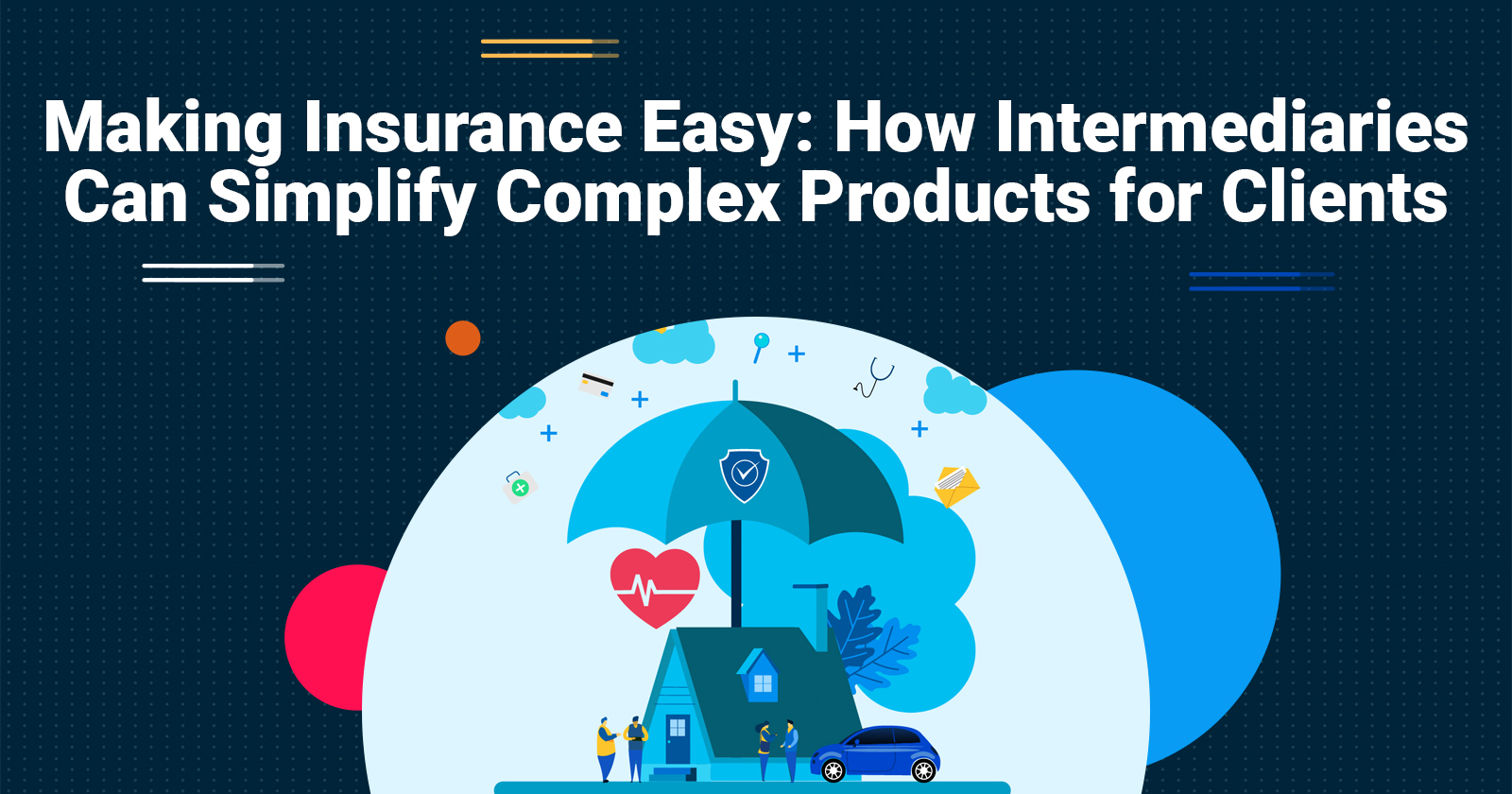
[This article was generated by ChatGPT and has been edited by the Surer team for clarity, readability and context.] Insurance can often feel like a puzzle that’s missing a few pieces – confusing, intimidating, and full of complicated terms. Clients may be nodding along, but inside, they’re thinking, “What’s a ‘rider’ and why do I need one?” That’s where insurance intermediaries come in: to translate these complex products into something clients can actually understand. The challenge is to do it with clarity, honesty, and maybe even a dash of humour. Here’s how intermediaries in Singapore can better explain insurance products while keeping it fun, straightforward, and honest. One of the most effective ways to explain complicated concepts is through storytelling. Instead of bombarding clients with technical terms, relate the product to their real-life experiences. This approach not only makes the product more relatable, but it also builds emotional connections. And here’s the kicker – people are 22 times more likely to remember facts when presented as part of a story. While simplifying things is essential, being clear and honest about what the insurance covers – and more importantly, what it doesn’t cover – is just as important. Clients need to fully understand the product, so don’t gloss over limitations, exclusions, or waiting periods. Be upfront about these details and explain them in simple terms. For example: “This hospitalisation plan will cover your major surgeries, but it won’t include outpatient treatments like GP visits. Let’s go through what is and isn’t covered so there are no surprises later.” Transparency builds trust, and trust is the cornerstone of a long-lasting client relationship. Analogies are your best friend when explaining tricky concepts. Let’s take the idea of a deductible, for instance. Instead of a long-winded explanation, you could say, “Think of it like this: a deductible is like the first slice of pizza you have to eat before the all-you-can-eat buffet starts.” By comparing insurance terms to something as relatable as food, you’ll keep things light and ensure clients walk away with a solid understanding. Just remember to follow this up with a clear, honest explanation of what a deductible really means in their policy. Sometimes, words alone just don’t cut it. That’s where visuals come in. Infographics, pie charts, and diagrams can break down difficult concepts into easy-to-understand visuals. Consider using a flowchart to explain how claims work or a pie chart to show the breakdown of premiums. For example, 65% of people are visual learners. You can even sprinkle in some humor with cartoons or playful illustrations that make the experience more engaging. Insurance lingo can sound like a foreign language to clients. Use simple, everyday language that everyone can understand. Instead of saying, “Your policy has a co-payment clause with exclusions,” try something like, “There’s a small amount you’ll need to pay out of pocket when you make a claim, but let me break down exactly how that works.” The clearer you are, the more confidence your clients will have in their decisions. But make sure that in simplifying the language, you don’t lose sight of accuracy. When delivering information that might be tough to understand, the “sandwich” method works well. Start with something simple, present the more complex details in the middle, and then wrap it up with a positive conclusion. For example: This method prevents clients from feeling overwhelmed and reassures them they’re making a smart choice. Whenever possible, use real-life examples to help clients see how a policy works in practice. “For instance, in Singapore, a typical hospital stay for a major surgery could cost anywhere from $X to $Y. With a comprehensive health plan, most of these costs will be covered, leaving you with a manageable portion to pay.” These examples give clients a concrete sense of how their policy will perform in real situations and help them make informed decisions. In addition to focusing on the benefits of a policy, make sure to also clearly communicate any limitations or restrictions. Sugarcoating things may feel tempting, but clients will appreciate your honesty. It’s better for them to understand upfront what a policy doesn’t cover than to find out during a claim that they aren’t protected. For instance, when explaining exclusions, say something like, “This plan doesn’t cover pre-existing conditions, but we can look at alternative options that might offer better coverage in that area.” Insurance doesn’t have to be a boring, complicated conversation. By telling relatable stories, using analogies, keeping the language simple, and – most importantly – being honest and transparent, intermediaries can help clients understand even the trickiest insurance products. A little creativity goes a long way, and with these tips, your clients will walk away not only understanding their policy but also feeling good about it. So, let’s make insurance easy, fun, and – above all – clear… After all, happy clients are the best kind! It is fuss-free. No credit card or payment required.1. Tell Stories, Not Jargon
2. Keep It Honest and Transparent
3. Use Relatable Analogies
4. The Power of Visuals
5. Speak Their Language
6. Sandwich Complex Information
7. Offer Real-Life Scenarios (With Data!)
8. Be Honest About the Limitations
Honesty Is the Best Policy (pun totally intended)
Are you an Insurance intermediary? Sign up for free now!
Subscribe to our Telegram channel to get the most insightful articles delivered to you automatically!
